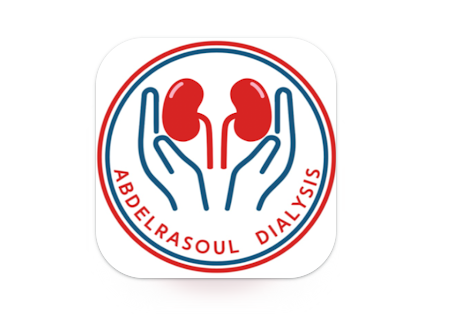A new app developed by a professor at the University of Saskatchewan and Saskatoon-based Push Interactions aims to help dialysis patients. The app allows patients to share experiences and give feedback to experts. This will help medical research into kidney dialysis.

The app is named Abdelrasoul Dialysis after its creator USask professor Amira Abdelrasoul. She has been conducting dialysis research for years and has recently started to make headway in developing new membranes that are aimed to make the procedure safer, more accessible and more comfortable.
Together with Dr. Ahmed Shoker, Professor of Nephrology and the Chair of the Saskatchewan Kidney Transplant Program at St. Paul Hospital, they wanted to assure the app would benefit both patients and researchers.
She got the idea for the app after looking for ways to improve the comfort of dialysis patients. After a successful research grant, she received funding from the Saskatchewan Health Research Foundation.
“The Abdelrasoul Dialysis app hopes to create an environment where dialysis patients can connect and share experiences. They can also contact our team and find resources curated by experts,” Abdelrasoul said. It is the first app in Canada to provide a community to dialysis patients in this way.
Push Interactions in Saskatoon was happy to step up and help her out with developing the app.

Get weekly health news
“We were very happy to help Amira out in the development of this app. I have Type 1 diabetes myself and I will likely need dialysis in the future. It is good to know that an app like this now exists to help people like me,” said Conrad Youngman, project manager for the Abdelrasoul Dialysis app at Push Interactions.
In fact, while working on the app, Youngman went through a scary period where he was admitted to the hospital for two weeks after a blockage in his kidneys was found.
“Working on the app … it just hit close to home for me. It was such a good feeling to be able to have information ready and to know that my experience can help others in the future. I hope the app can provide that to everyone that uses it,” Youngman said.
The collaboration between Abdelrasoul and Push Interactions has only just begun – they have more things planned for the app.
“We hope to expand the app to allow health-care professionals and nephrology researchers to join in and also benefit from the feedback we gather, as well as provide their expertise to patients,” Abdelrasoul said.
A big part of the app is the surveys that patients can take. There they can report on their discomfort to aid in developing new medical applications. Abdelrasoul hopes to one day develop an artificial kidney.
Abdelrasoul hopes to use the app to help guide her research, but she also wants patients to share their stories.
“There will be a place where patients can put testimonials about their experiences during dialysis. We also want to implement live chat rooms and discussion boards. I hope that it will help everyone to support each other,” Abdelrasoul said.
Chad Jones, CEO of Push Interactions, says he and his company are proud to develop the app in collaboration with Abdelrasoul and hope all patients will use it to share their stories and give feedback to the researchers.
“It is a good feeling to know that you helped develop this thing that could save people’s lives in the future,” Jones said, adding that extensive security measures have been implemented to make sure patients’ private data stays safe.
The app is available for Android and soon will be released for IOS.





Comments